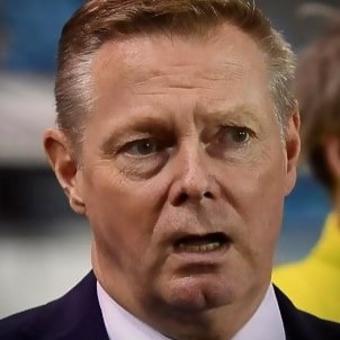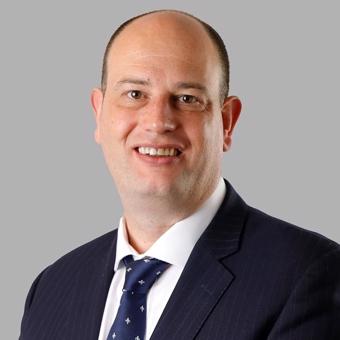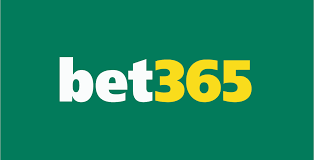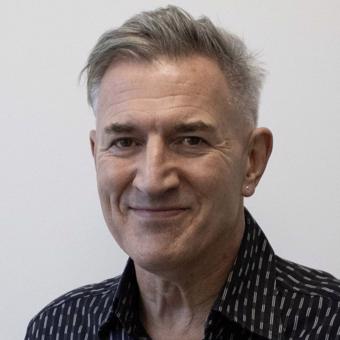Elaine Heywood, partner in the Defamation and Privacy Team at Blake Lapthorn, on The Press, privacy and public figures
The furore surrounding the publication last month by French magazine, Closer, of topless photographs of the Duchess of Cambridge sunbathing at a private, remote property in France highlights yet again the every increasing conflict between the press, public figures and privacy.
The photographs, which followed fast on the heels of publication by The Sun of photographs of Prince Harry half naked at a private party in a Las Vegas hotel were also published by Italian magazine, Chi, and Ireland's tabloid newspaper, The Daily Star.
Interestingly, however, no English newspaper published the photographs of Kate and only The Sun published the photographs of Harry. Why? There was clearly no justifiable public interest in doing so.
In both cases, this was private information, there was a reasonable expectation of privacy and publication was not in the public interest, no matter how 'newsworthy' the story might have been. Remember, what is in the public interest and what the public is interested in are different things. Newsworthy is not enough; the story must contribute to a debate of general interest.
This is in contrast to the ECHR's recent ruling to uphold a German magazine's decision to publish photographs of Princess Caroline of Monaco on a skiing holiday with her husband, while her father, Prince Rainier, lay seriously ill. She claimed the photographs breached her right to privacy but the ECHR said there was a public interest in publishing the otherwise seemingly private photograph. The context of the photograph - her skiing while her father's heath deteriorated – was clearly in the public interest.
This decision shows how grey this area of law is and how important it is to take each case on its own facts. It also shows a slight softening in the ECHR's position on privacy compared to decisions over the last few years.
The editor of the Irish Star lost his job over his decision to republish the topless photographs of Kate and the paper's future is now in question. One thing that Leveson and the phone hacking scandal has taught us is that if the press goes too far, the public will not have it and a paper can be brought to its knees.
Although Kate won the first round of her legal battle and got her injunction inFrance, such is the power of the Web that anyone with access to the Internet could see the photographs regardless of which jurisdiction they were in. Once the horse has bolted online, it is difficult to rein it in. The damage has been done. So the question grappling everyone - and this is the heart of the problem - is how can privacy laws really be effective in the Internet age?
More regulation of the press, whether imposed or self regulation, is inevitable. However, there must also be recognition by all, the public, the press and public figures alike, that the right to privacy is a fundamental human right, which needs to be balanced with the right to free speech. After all, with the right to free speech for the press comes a big responsibility – to be fair, to protect privacy, to protect reputation – unless there is a clear public interest in telling the story. This has always been the case but has been put perhaps more sharply in focus with the fallout from Leveson and the public outrage at the photographs of Kate.
Elaine Heywood












